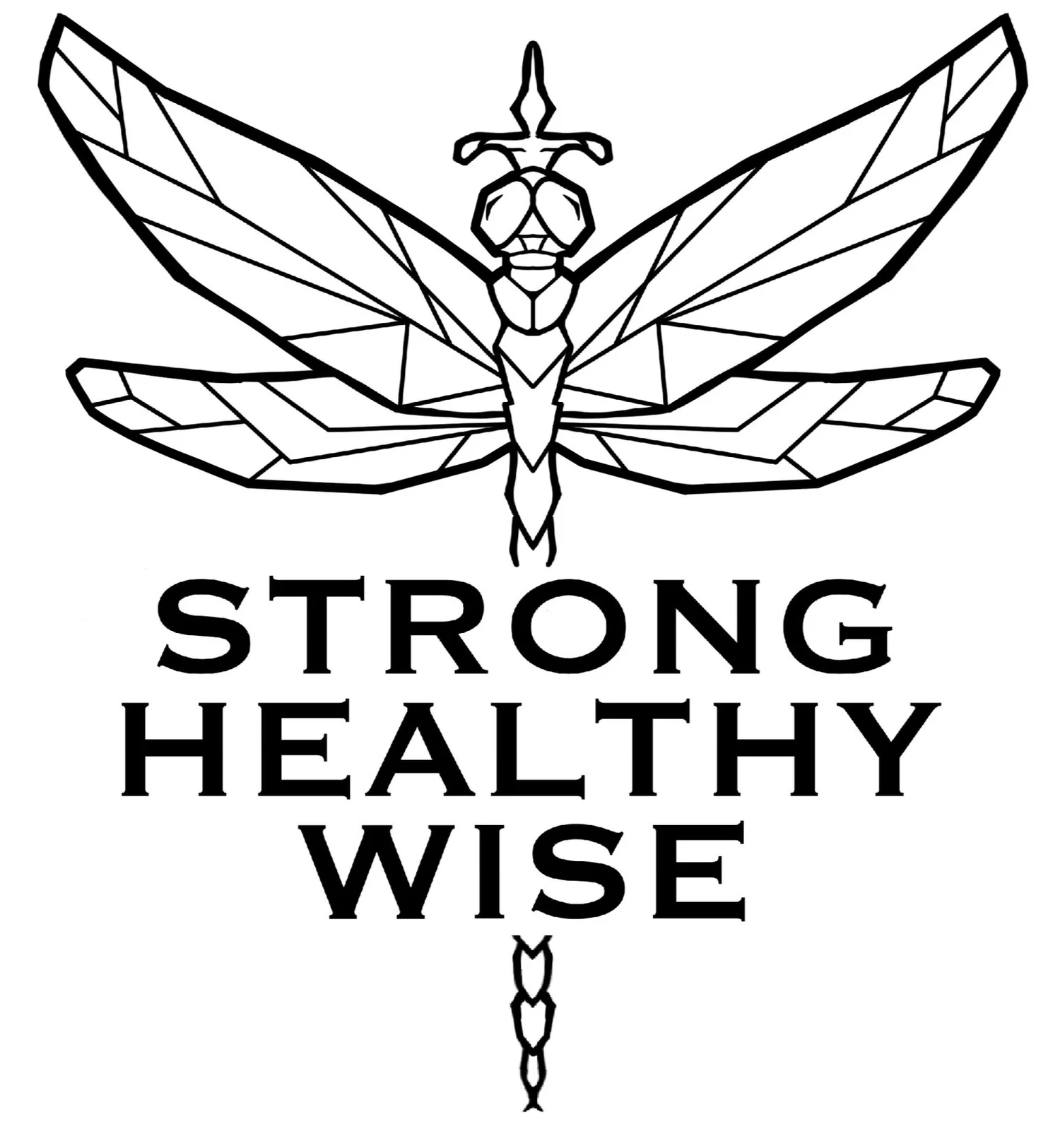phase 1
calisthenics
Calisthenics a.k.a. bodyweight training is where you will learn and develop three very important aspects of your training:
Strength Base
Kinesthetic Awareness
Muscular Endurance
Along with these three very important developments, you will also build muscle, burn fat, and become stronger than you previously were before.
Let’s dive into these three developments of your training:
Strength Base - This is your foundation, your concrete slab, your anchor, your rock. Strength is relative to each individual, usually a person’s strength is measured by how much weight they can lift compared to their body weight. So if someone weighs 150lbs and they can benchpress 1.5x their body weight for a 1 rep max, that would be 225lbs …. that’s a pretty strong individual, wouldn’t you agree? But for another individual that weighs 200lbs and has been lifting weights for a decade, a benchpress of 225lbs may be a warm-up for them. Strength is relative to each individual. Another example would be someone who trains calisthenics (body-weight training) and they can perform 20 pull-ups with perfect form and zero fatigue, that’s pretty strong. But that person is only utilizing their own body weight to perform the movement, and for that individual to increase their strength through calisthenics, they would need to apply a different training style than that compared to someone who only lifts weights. To achieve strength increase, one needs to focus on load, resistance, and intensity. So for Phase 1 - Calisthenics training, you will learn all about load, resistance, and intensity to increase your strength and muscular endurance. Load is how much weight is being lifted, Resistance is how the exercise is performed, and Intensity is the amount of effort one performs during a given exercise movement.
Kinesthetic Awareness - This is basically defined as knowing/ feeling where your body is in space. Ross Edgley defines it best in his book ‘Blueprint’ where he says “Developing this ability gives you a better understanding of when the movements you’re doing feel right or wrong. This kind of biological feedback helps you make adjustments to perform the movements better and more efficiently.” Imagine walking barefoot along a sandy beach where seashells line the shore and gentle waves break up and down the shoreline, or walking/running through a forest while barefoot and your’re dodging roots, holes, and pinecones altogether, your kinesthetic awareness is what you are experiencing moving through these spaces. You can feel how close (or far) you are away from the things around you and move without having to look at each individual body part. How does calisthenics play a role in this? Well, there are seven functional movement patterns that are considered the foundation for movement in the human body; these are squat, lunge, hinge, twist, push, pull, and locomotion. The exercise movements that make up calisthenics, cover all seven of these functional movement patterns. The key word here is being functional. By applying our focus to functional movement patterns, we develop a better understanding of our fitness training and become stronger altogether - it’s easy! I’ll show you! I will show you individual exercises for each functional movement pattern and exercises that combine these movement patterns. Example: a single pull movement would be performing a pull-up, and performing a muscle-up would be a combination of pulling and pushing, or performing a kettlebell snatch to a clean and then to an overhead press would be a combination of pulling, pushing, squatting and/or hinging.
Muscular Endurance - This is your body’s ability to perform an exercise for a certain amount of time. Example: performing as many push-ups as you can for one minute, and so after practicing this exercise every day for say one month, the amount of repetitions that you can complete in one minute will have increased exponentially.
How do these three training developments tie into your overall training? Well they are separate parts that make up a whole, and through developing these three areas of your training, you will have built the foundations of your fitness journey.
Whether you are a novice or well along your fitness journey, practicing a calisthenics routine will add so much more to your fitness level and quality of life.
Where do we begin?
Depending on where you are at with your fitness level; can you do a pull-up? how many pull-ups can you do? how is your pull-up form?
We will assess all and/or any of these areas first and move forward improving your specific areas of needed improvement.
Then we will dive into creating the structure for your personalized training plan.
Through smart effective training, one can easily train for only 30 minutes and reap massive results.
